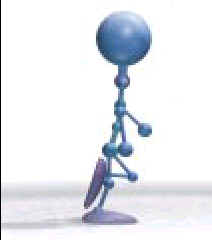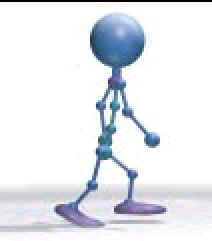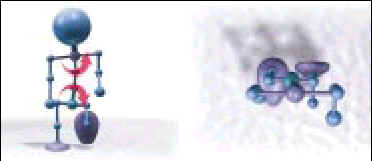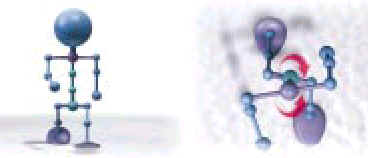The walk usually starts with the feet at the "extended position," where the feet are farthest apart and the character’s weight shifts to the forward foot.
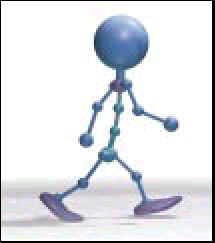
As the weight of the body is transferred to the forward foot, the forward knee bends to absorb the shock. This is called the "recoil position," and is the lowest point in the walk.
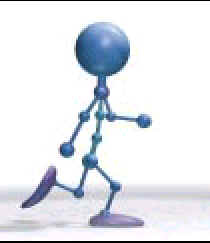
Halfway through the first step, the forward knee straightens out and lifts the body to it’s highest point. In this "passing position," the free foot passes the supporting leg.
